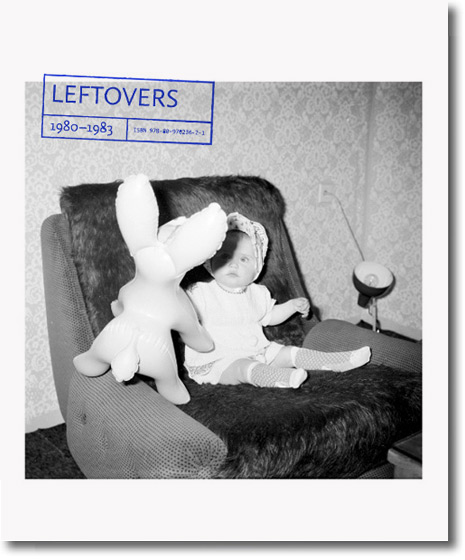
This book comprises only a small proportion of Marian's work. It offers a view, an insight, into the everyday reality of a world that no longer exists. I focused on secondary photos of children and shots that help complete the story of Marian's life. They are snapshots that capture moments between "real" shots. I often ask myself what makes good photographs? And I always get the same answer: depends on what you want to say. Are they good? Useful? Bad? Useless? These concepts are fluid and always contingent on the beholder. I find the threshold between shots as interesting as the threshold between childhood and adulthood, past and future. In order to get into Marian's way of thinking when he took those images, I used some of his stories and observations as captions. Some of the important stories - like the one about his dog, Zuzka - are missing, but nonetheless I hope that the fourfold feeling of elation as he pushed the shutter button on his Pentacon 6 will shine through. The first time when he pushed the button, the second time when he developed the film, the third time when he enlarged an image and the fourth time when he gave it to someone. The selection was made out of images in Marian's massive archive marked "leftovers". They are "not right" for all sorts of reasons, be it due to emotions and sensibilities or technical and formal flaws. The moment you don't have the right so-called "exhibition" moment, or even worse, when the children are assembled in some absurd formation by their parents with everything looking ship shape, the child becomes but an object for the photographer to document.
To me, Marian's photo archive is unique in comprising an incredible number of images of the children of my generation photographed between 1980 and 1983 in the same town. Knowing many of them personally enables me to have a more sensitive take on these images that capture a time when both they and I were children. The people who originally "commissioned" the images rejected them because they were not deemed fit to serve the "presentational" purposes they were intended for. Nevertheless they are still wonderful documents of a particular time and place. Today, the idea of producing such an archive, full of photographic blunders, seems almost unthinkable. It is not just due to developments in technology, thanks to which unwanted "leftovers" have no chance of surviving, but also to the fact that mass access to the medium of photography itself has had a considerable effect on the social role of the photographer. Today we don't need a photographer to take pictures of our children, we do it ourselves.
As I look at these images over and over again, their stories slowly begin to emerge. At first I thought it was just me. I decided to ask a friend, Michal Moravcík, to collaborate on the text and the editing. We spent hours and hours talking about the smallest detail in an image and its associations. We also realized that with the benefit of hindsight, it is hard not to be critical about the past. In the end we selected the stories that somehow captured the zeitgeist of our generation. In a way, these stories function almost as "written" photographs regardless of their particular place in the book.
Lucia Nimcová
View online
http://www.luco.sk/leftovers.htm
Buy Now
http://photo.sittcomm.sk/books.htm

